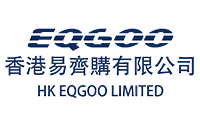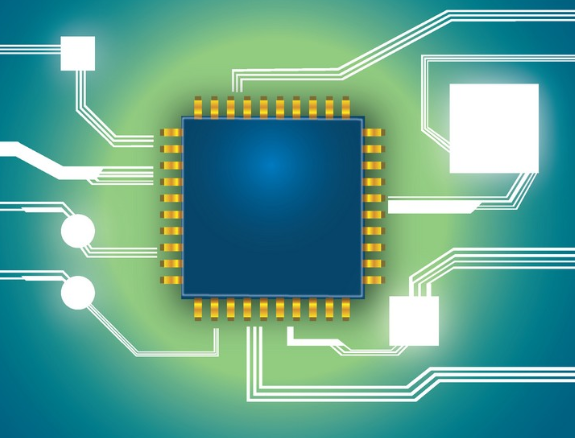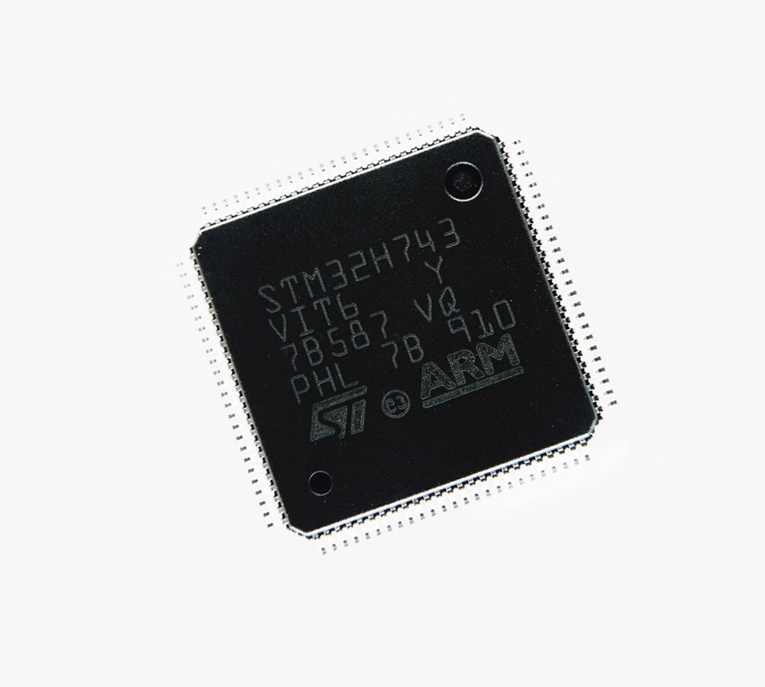Introduction
The Xilinx Spartan-6 XC6SLX25 and XC6SLX45 FPGAs deliver identical logic resources (24,051 and 43,661 cells respectively) but are offered in different package options - primarily the compact FTG256 and high-I/O FGG484 variants. While containing the same silicon die, these packages create distinct engineering trade-offs in board real estate, thermal management, connectivity, and total system cost. This technical analysis provides design teams with data-driven insights to optimize package selection for specific application requirements.
Package Specifications Comparison
| Parameter | FTG256 | FGG484 |
|---|---|---|
| Package Type | 256-ball Fine-Pitch Thin BGA | 484-ball Fine-Pitch Green BGA |
| Body Dimensions | 17×17mm | 23×23mm |
| Ball Pitch | 0.8mm | 1.0mm |
| Max User I/O | 186 | 296 |
| Differential Pairs | 72 | 116 |
| Thermal θJA | 28°C/W | 22°C/W |
| PCB Layer Requirement | 6-layer (recommended) | 4-layer (typical) |
Package nomenclature follows Xilinx standards: "F" indicates fine-pitch BGA, "T" denotes thin profile (1.2mm height for FTG256), and "G" signifies RoHS-compliant green packaging. Numeric suffixes specify total ball counts.
Technical Differentiation
I/O Resources and Connectivity
FGG484 provides 59% more user I/O pins (296 vs 186) and 61% additional differential pairs compared to FTG256. The larger package supports better signal separation between voltage domains despite both using 4 I/O banks. For designs requiring multiple high-speed interfaces (LVDS, PCIe, or parallel buses), FGG484's 116 differential pairs enable superior connectivity without external multiplexing.
Design Tip: Projects anticipating >180 I/O connections or needing multiple high-speed serial links should prioritize FGG484. I/O limitations in FTG256 often necessitate costly board revisions in later development stages.
Thermal and Power Management
FGG484's 32% larger footprint yields 21% lower thermal resistance (θJA 22°C/W vs 28°C/W), allowing 15-20% greater power dissipation at equivalent temperatures. The package incorporates 40% more power/ground balls (58 vs 41 in FTG256), reducing PDN impedance by approximately 30%. For power-sensitive designs, FTG256 may require additional decoupling capacitors to compensate for its fewer dedicated power pins.
PCB Design Considerations
FTG256's 0.8mm pitch demands advanced PCB capabilities: 4-mil trace/space rules, laser-drilled microvias, and typically 6-layer stackups for impedance control. FGG484's 1.0mm pitch accommodates standard 5-mil design rules and conventional via structures, often enabling 4-layer implementations. Assembly yield differs significantly - FTG256 prototypes show 15-20% higher defect rates due to solder bridging, while FGG484 achieves >95% first-pass success under standard SMT processes.
Cost Analysis
| Cost Factor | FTG256 | FGG484 |
|---|---|---|
| Package Unit Price | 15-20% lower | Higher base cost |
| PCB Fabrication | 20% premium for 6-layer | Standard 4-layer |
| Assembly Yield | 85% prototype yield | 95%+ prototype yield |
| System Expandability | Limited by I/O | Future-proof |
The total cost advantage narrows when considering system-level factors. FGG484's ability to use simpler PCBs often offsets its higher package cost in medium-complexity designs, particularly for volumes above 1,000 units.
Application Recommendations
- FTG256 Preferred: Motor control daughtercards (sub-180 I/O), portable test equipment, battery-powered dataloggers, and consumer electronics where board area is critical.
- FGG484 Recommended: Industrial automation controllers, machine vision systems (multi-camera interfaces), medical imaging platforms, and telecom infrastructure requiring extensive connectivity.
Selection Methodology
Evaluate these parameters in sequence:
- I/O Requirements: Current needs + 25% future margin
- Thermal Budget: Calculate junction temperatures at max ambient
- PCB Capabilities: Layer count and fabrication constraints
- Volume Considerations: Prototype vs production quantities
As a rule, FGG484 suits performance-driven applications needing expansion headroom, while FTG256 remains the cost-optimized solution for static, space-constrained designs.
Frequently Asked Questions
Can FTG256 be manually reworked?
Possible with 0.3mm stencil and hot-air tools, but BGA reballing is recommended for reliability. FGG484's larger pitch is more rework-friendly.
Do both support industrial temperature ranges?
Yes, both packages are available in -40°C to +100°C industrial grades (-2I/-3I speed grades).
Is pin-to-pin migration possible?
No - the ball maps differ fundamentally. Xilinx provides migration guides but PCB redesign is required.
What's the minimum PCB thickness?
FTG256 requires ≥1.6mm to prevent warping; FGG484 works with 1.2mm but 1.6mm improves thermal cycling.
Which has better signal integrity?
FGG484's superior power distribution provides 15-20% lower simultaneous switching noise, critical for >200MHz designs.
For immediate samples or bulk orders, you can contact the supplier via the contact email below.
Get The Best Price From EQGOO!
10K of models in stock! Just waiting for your enquiry!


